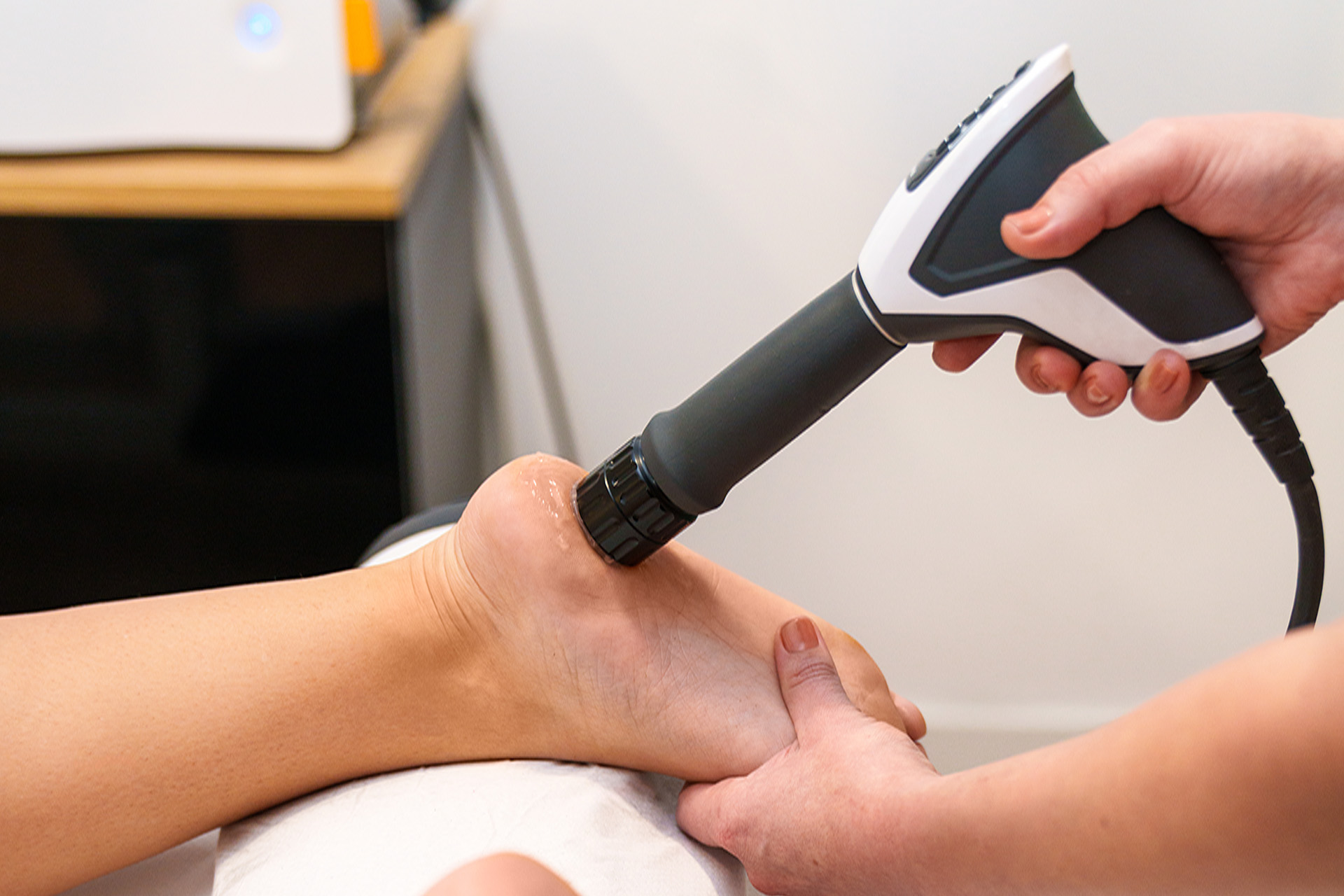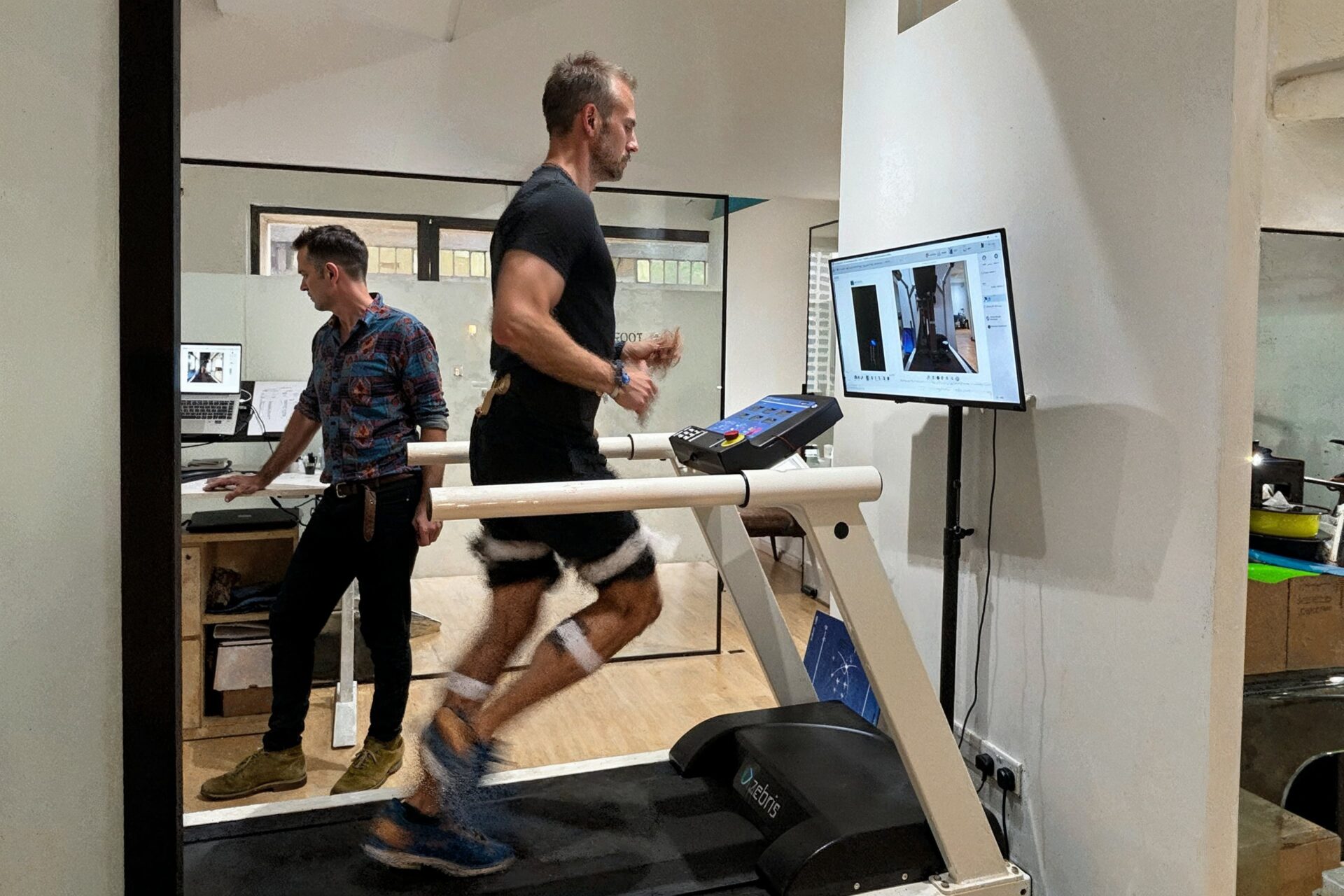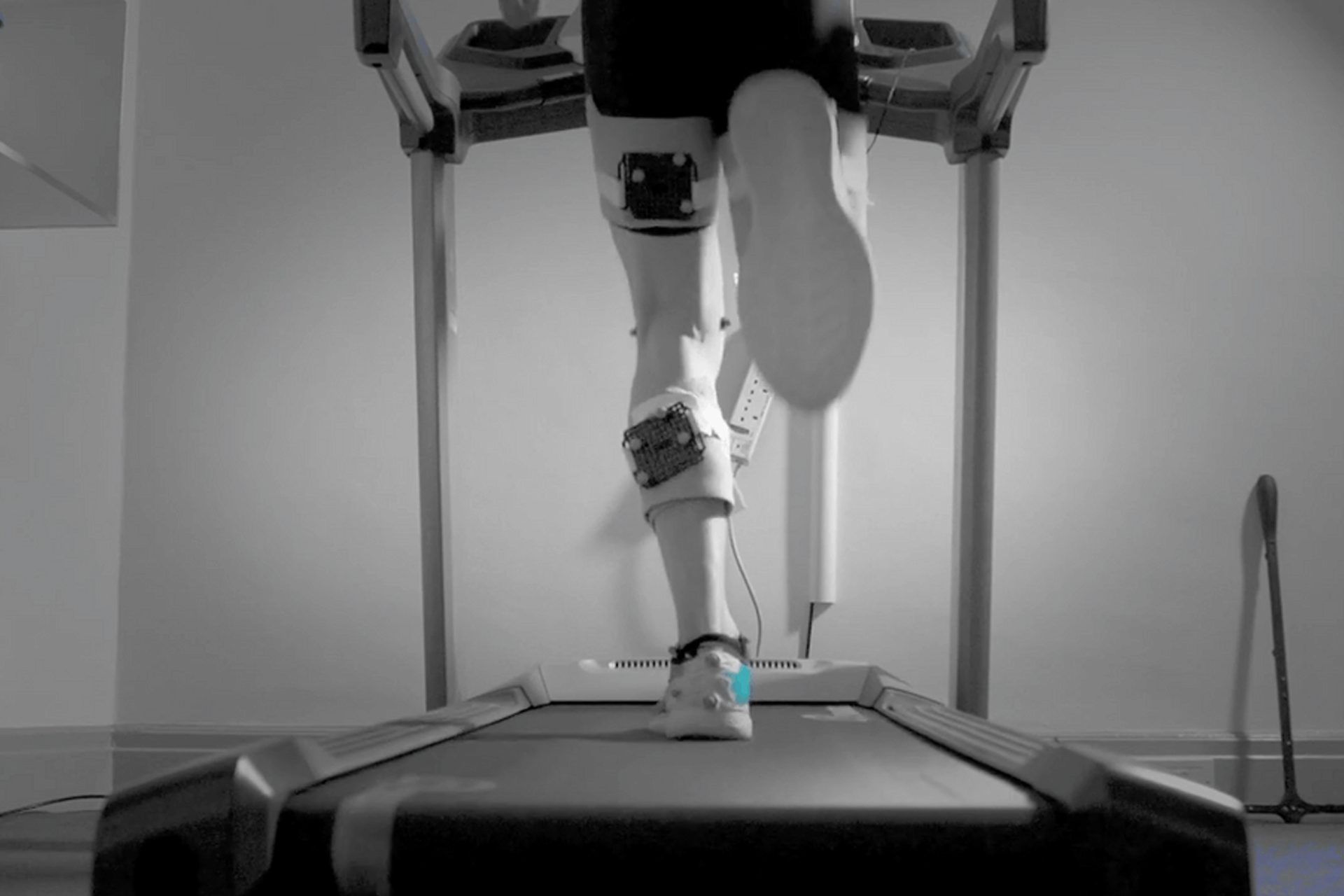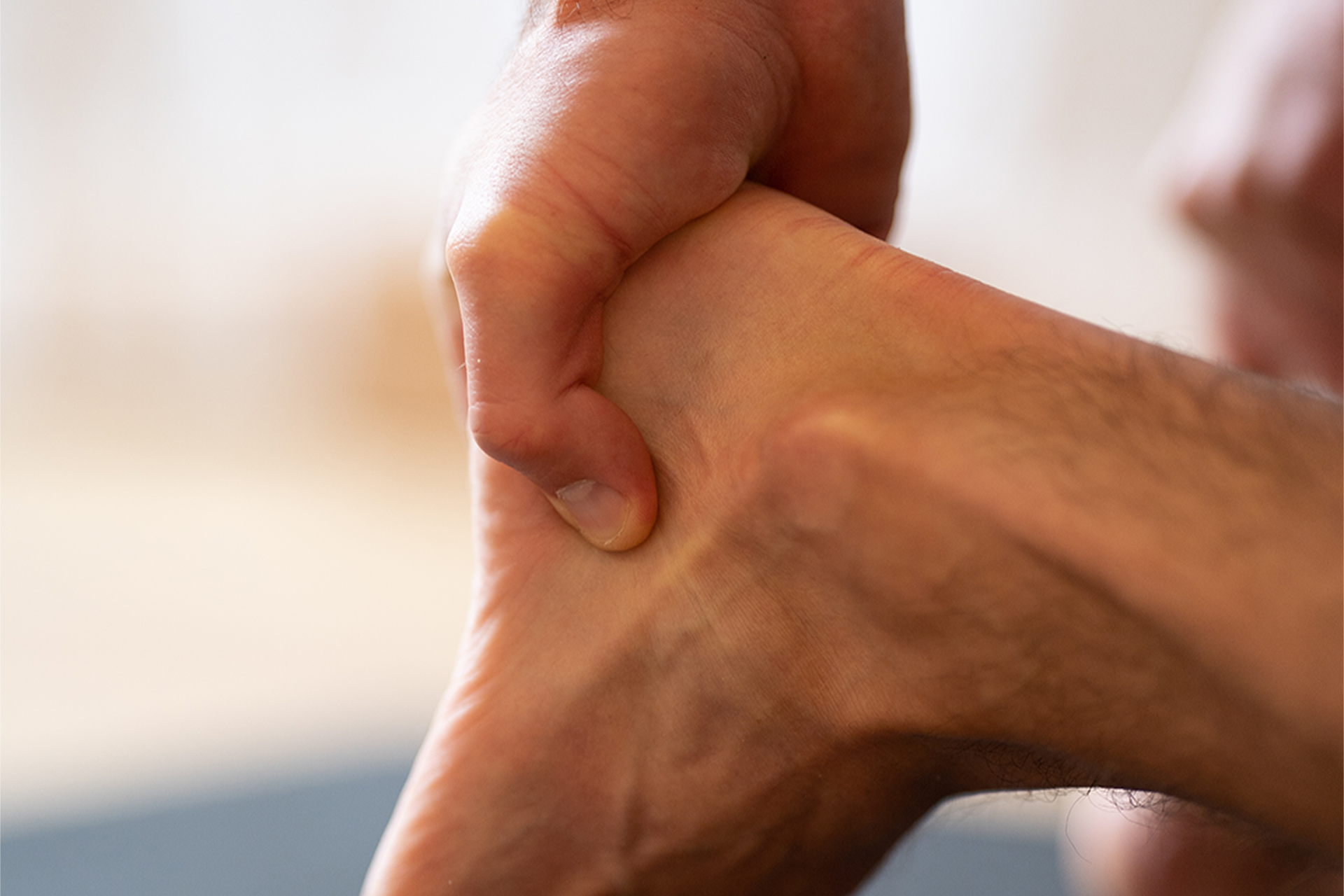If you’re trying to deal with a deformity like fallen arches, the heavy-duty orthotics often limit movement. Bracing a limb helps improve balance but at the expense of causing a clunky gait.
For this reason, there is a debate raging amongst experts. Some like to load patients with orthoses to make their range of motion as close as possible to normal. Others believe that orthotics weaken the muscles without dramatically improving motion, so prescribe only the barest minimum of orthotics.
Is it possible to find a compromise between these two points of view?
Textured Insoles and Chronic Diseases
There is one orthotic intervention which provides surprising benefits with no known drawbacks. The best support insoles may be so simple and inexpensive that it seems almost too good to be true: Textured feet insoles in your shoes.
Textured insoles have been proven to improve balance in patients with Parkinson’s. Patients with multiple sclerosis (MS) saw improvements in their gait as well as balance.
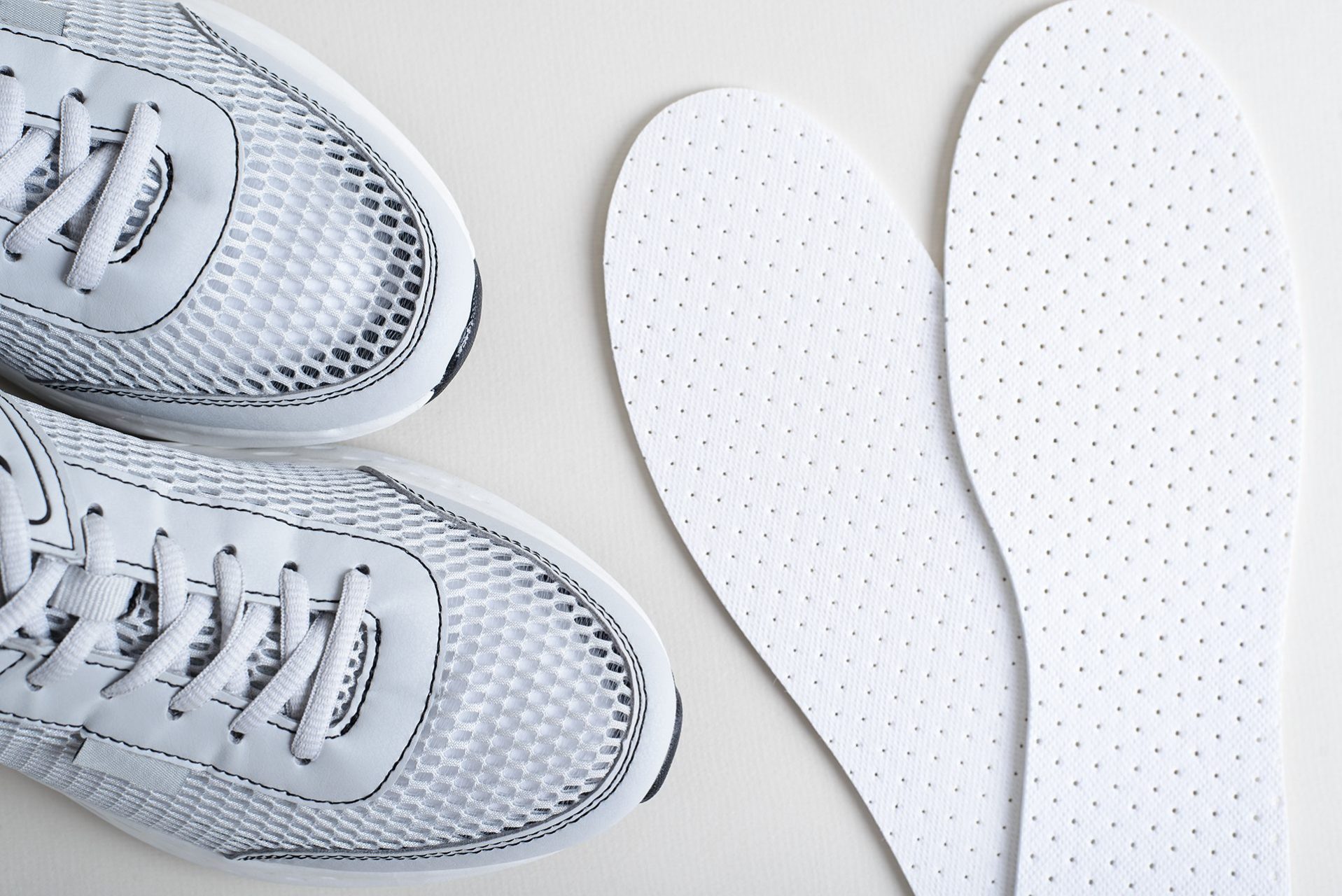
The assumption is that textured insoles provide better grip, like rubber gloves, making it easier to handle wet dishes. Surprisingly, though, that’s not the reason why they help.
Poor balance is often linked to reduced plantar sensation (lack of feeling in the soles of the feet). For example, it’s one of the most common side effects of MS. Elderly people with reduced plantar sensation are at a higher risk of falls, and in healthy young people, numbing parts of the foot with ice makes it much harder to balance.
Textured insoles make your feet more sensitive, so your brain can correct your position automatically before you wobble. Generally, the thicker and more cushioned your shoes are, the more likely you are to injure yourself. In medical terms, a squishy sole reduces sensory feedback – it takes longer for your brain to receive messages about the conditions under your feet. Textured insoles mean you are just as sensitive with shoes on as barefoot.
There are dozens of conditions which leave patients with reduced plantar sensation. So far, most studies focus on MS or Parkinson’s, but textured insoles can help arthritis sufferers, people who’ve had a stroke, and diabetic shoe inserts. The evidence is still being gathered, but it looks promising for personalised shoe inserts.
Benefits for The Elderly and Younger Generations
What about the effects on people who don’t suffer from any musculoskeletal conditions or diseases? A study on older people who were healthy apart from a risk of falls showed mixed results. In that case, textured foot insoles reduced walking speed and step length. Of course, you’re less likely to slip if you walk more slowly, but it’s quite a trade-off.
The researchers suggested that people may need time to acclimate to the insoles. For patients with MS, textured insoles improved their balance – but not immediately. The full benefits were only seen after wearing them daily for four weeks.
Another study suggested that as little as 5 minutes of practice time is enough to feel the benefits of walking on a textured surface. After just a few minutes of practice with textured insoles, there is a noticeable deterioration in balance after you take them off.
And it’s not only the elderly and frail who can benefit. A study on teenage ballet dancers showed a dramatic improvement in ankle proprioception (control of the ankle joint) after five weeks of wearing textured insoles in their dance shoes. Dancers wearing insoles even improved their scores in ballet assignments. If a simple shoe lining can benefit a 19-year-old professional athlete, it can probably be the best support insoles that benefit anyone.
And it’s not only the elderly and frail who can benefit. A study on teenage ballet dancers showed a dramatic improvement in ankle proprioception (control of the ankle joint) after five weeks of wearing textured insoles in their dance shoes. Dancers wearing insoles even improved their scores in ballet assignments [5]. If a simple shoe lining can benefit a 19-year-old professional athlete, it can probably be the best support insoles that benefit anyone.
Right now, there’s a lot of positive evidence on the benefits of textured insoles, but more in-depth work needs to be done to bring it all together.
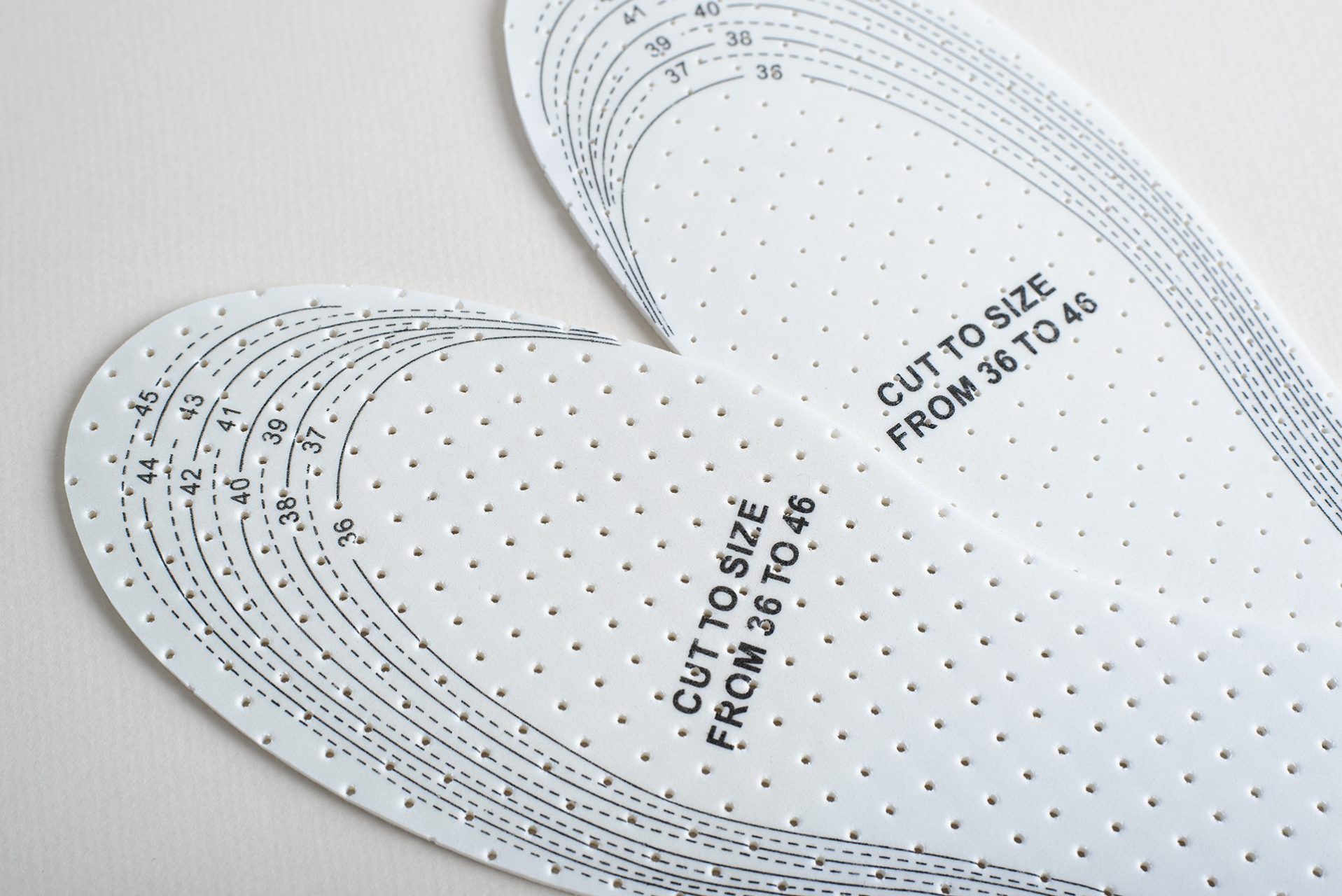
Although there’s not much evidence that textured insoles improve balance in healthy adults, that can probably be blamed on the design of the test. The standard balance test isn’t very sensitive: participants stand still on a board that senses when they wobble, and that’s the sort of task a fit person could do easily in any type of footwear. And they likely don’t adequately compare insoles to custom shoe inserts precisely designed by a podiatric laboratory.
Looking at performance in sports or high speed would give a better picture. There’s also no consensus on the best type of texture. Some studies have looked at cross-hatched patterns on insoles, some have looked at plastic ‘bobbles’, and some have looked at bristles or swirled patterns.
Scientists seem to test the best over-the-counter shoe insoles in their local supermarket rather than looking closely at which pattern will be most beneficial. And why it’s always best to speak with a podiatrist with experience in biomechanical assessments across a wide range of foot conditions.
In Summary
More research is needed to discover the benefits of textured insoles for healthy adults and children. But here’s what we do know about the benefits of customised insoles:
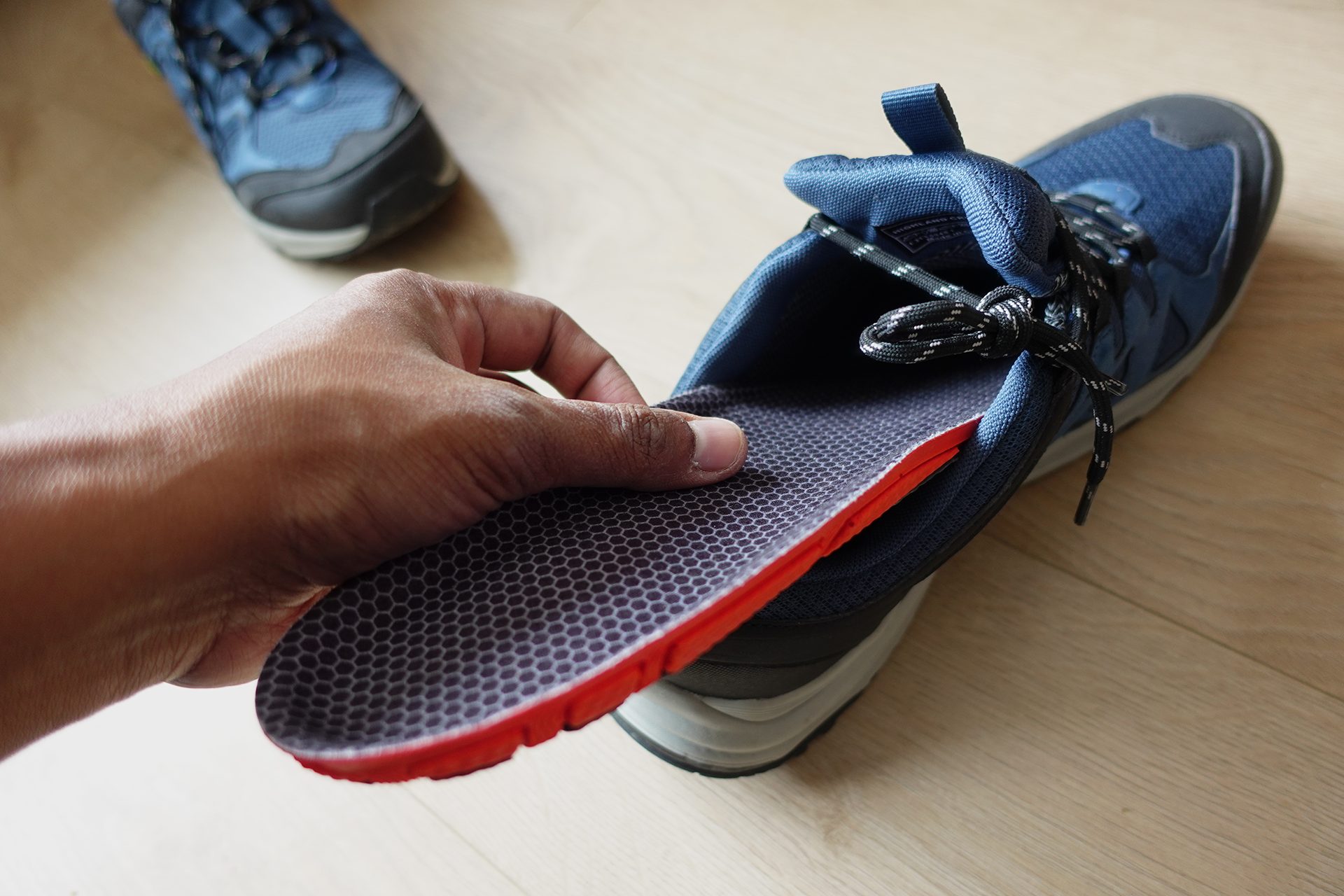
- Improve balance in healthy adults.
- Improve balance for people with Parkinson’s disease. The improvements were noticed immediately, perhaps because the nobbles are more grippy. Any type of insole was better than being barefoot, but only textured insoles helped patients balance with their eyes closed.
- They are thought to work by providing more sensory feedback. Sensations underfoot affect gait, and changing the texture of footwear can affect gait.
Textured insoles may be beneficial for other health conditions and diseases (e.g., diabetes, cerebral palsy, arthritis, etc.) which affect foot sensitivity and/or muscle tone. If you are suffering from pain from any of these conditions, make an appointment with our podiatrist at The Foot Practice in Singapore.


